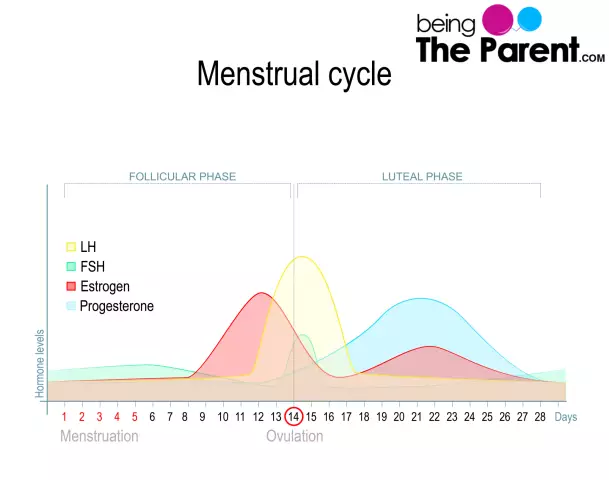- Author Curtis Blomfield [email protected].
- Public 2023-12-16 20:44.
- Last modified 2025-01-23 17:01.
Analysis for the ovary is carried out in order to detect eggs of parasitic helminths in the feces. They are combined into a group of helminthiases, distinguish between ascariasis, trichinosis, hookworm. This analysis is necessary for the formulation and confirmation of some diagnoses. It is also taken by children upon admission to kindergartens and pregnant women.

So, the analysis for the eggworm is assigned:
- if infection with parasitic helminths is suspected;
- when conducting a routine examination, for example, to obtain a medical book.
Most often, helminths are found in children. Therefore, it is very important that kids attending preschool institutions routinely take this analysis. Most often, flatworms (Cestoidea, Trematoda) and roundworms (Nematoda, Askarida) are detected.
Very often the question arises of how to properly pass a stool test for an eggworm. There are certain collection rules. Follow these guidelines:
1. It is forbidden to use laxatives, including candles, and do an enema immediately before the collection.
2. When defecation is necessaryuse a pre-prepared tray or plastic oilcloth. The feces to be submitted for analysis should not be allowed to come into contact with wastewater, urine, secretions, personal hygiene products, and so on.
3. The feces collected for analysis are placed in a special container with a lid, while it should occupy no more than one third of the total volume of the container.
4. If for some reason it is not possible to send the collected material for analysis to the laboratory, then it must be stored at a temperature of no more than +8 degrees, while the permissible storage period is no more than 24 hours.
5. If necessary, several portions of feces are collected within one day, without fail from different bowel movements.

Most often, the analysis of the eggworm is carried out by a microscopic method. With a detailed examination of feces in the laboratory, specialists can detect not only eggs, but also the worms themselves or parts of them. To accurately determine the type of parasitic helminth, the detected element is placed between two glass slides. If you look at it in the light, you can find the uterus of the helminth. It differs depending on the type of worm.

If the test for the eggworm is positive, then further testing is needed. If obvious symptoms of infection are detected, then on the basis of one scatological study, the diagnosis is not made. But a negative result does not always indicate the absence of pathogens.helminths in the body. The eggs and segments of tapeworms do not always come out with feces. Therefore, a simple microscopic examination of the results will not give. In this case, additional tests are required.
The fact that helminths are completely absent in the body should be evidenced by the complete absence of both eggs and elements of worms in the feces. You also need to know how much the analysis works on the eggworm. Its shelf life is short - only 10 days from the date of receipt. If it is overdue, you must re-test.






